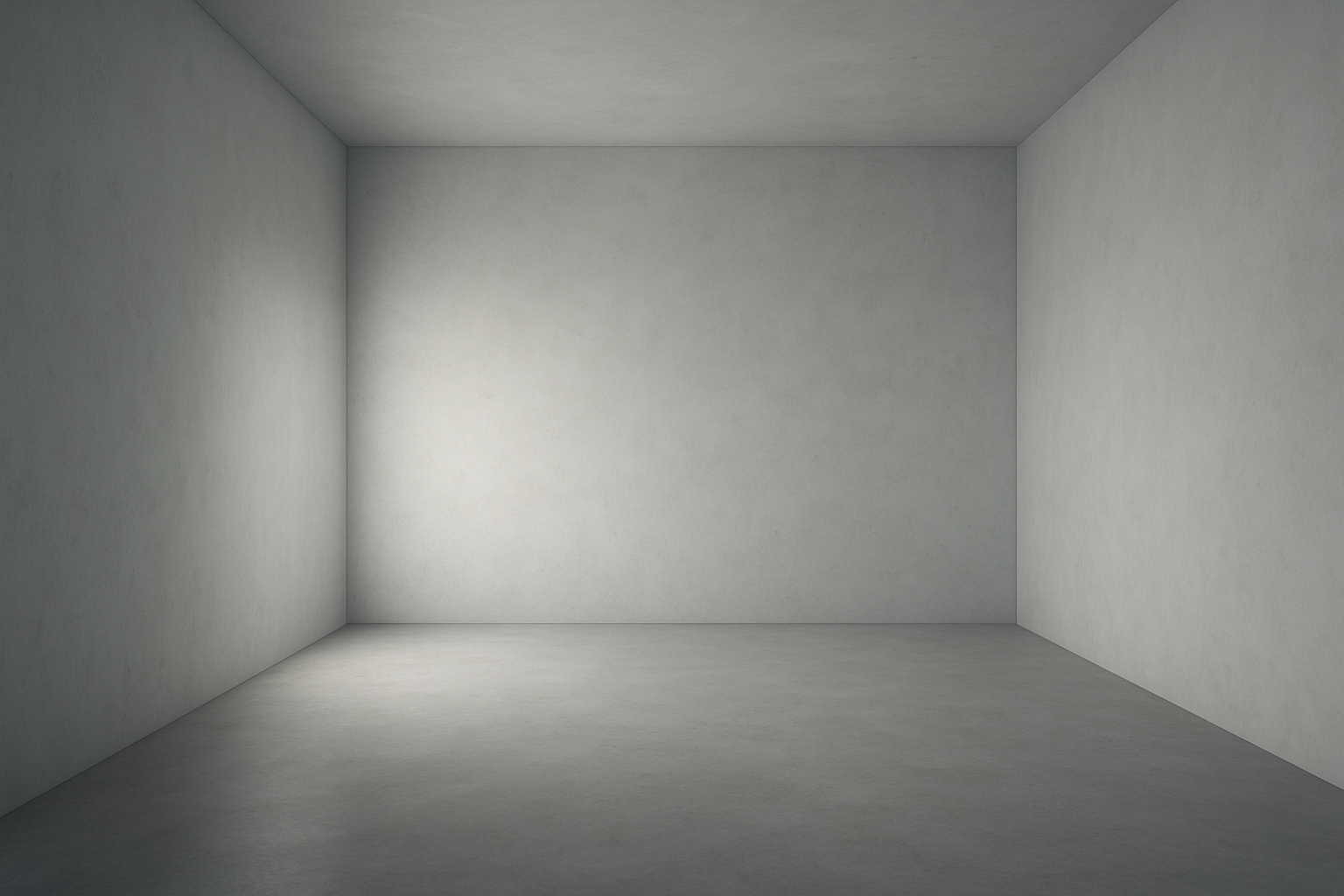The realm of art and psychology are often interconnected, illustrating how abstract concepts can profoundly affect the human psyche. One such notion is the idea of emptiness, both in form and mind. This concept is a recurring theme in abstract art, deeply resonating with our cognitive processes and emotional experiences.
The Essence of Emptiness in Art
Abstract art has long grappled with the paradox of emptiness. Artists like Mark Rothko and Kazimir Malevich have famously exploited color and form—or the lack thereof—to invoke intense emotional responses. In Rothko’s words,
“A painting is not a picture of an experience; it is an experience.”
Indeed, emptiness in art is not merely the absence of structure or content but a deliberate choice that invites viewers to engage more actively with the artwork.
According to Dr. Ellen Winner, a professor of psychology at Boston College specializing in art perception, “The less an artwork tells us directly, the more we fill in with our own mental stories.”
Psychological Interpretations of Emptiness
In the field of psychology, emptiness may refer to a state of a lack of subjective meaning or engagement in one’s activities, often leading to feelings of ennui and insignificance. Psychologists explore how this state of mind can influence human behavior and relationships, suggesting ways to cultivate fulfillment and purpose.
The Appeal of Minimalism
Minimalist environments and practices, much like abstract art, emphasize simplicity and clarity. They invite introspection by reducing external clutter, thus highlighting the internal landscape. Minimalism speaks to the desire for psychological clarity amid the chaos of modern life. By eliminating distractions, individuals often find amplified focus and emotional relief.
The Philosophical Underpinnings
Philosophically, the concept of emptiness can be traced back to Buddhist teachings, which advocate for the notion of ‘sunyata’—emptiness as a fundamental nature of all phenomena. This perspective encourages a liberation from attachment and a deeper understanding of the transient nature of existence.
Emptiness, in this light, is not a void to be feared but a realization to be embraced. It underscores the impermanent and interdependent nature of reality. As the Buddha addressed,
“Form is emptiness, emptiness is form.”
Understanding this can lead to profound insights into the mind’s workings and our interactions with the world.
Mindfulness and Embracing Emptiness
Practices like mindfulness and meditation have become popular pathways to exploring the constructive aspects of emptiness. By focusing on the present moment and releasing judgments about the past and future, individuals can attain a greater understanding of themselves and lessen the burden of mental clutter.
- Acceptance: Embracing things as they are without wishing for change.
- Presence: Being fully engaged in the present moment.
- Detachment: Developing a sense of self that is not dependent on external successes or failures.
These practices aim to refine our mental states by clearing the mind of preoccupations, thereby opening up space for creativity, tranquility, and contentment.
Conclusion
The intersection of emptiness in abstract art and psychology offers a compelling view into human perception and cognition. It challenges us to reconsider our relationship with void and uncertainty, viewing them not as drawbacks but as opportunities for deeper engagement and personal growth.
By acknowledging and embracing emptiness, both in form and mind, we open ourselves to new interpretations, both in art and life. Such a perspective transforms emptiness from a daunting absence into a canvas of potential, inviting introspection, connection, and ultimately, understanding.

Comments